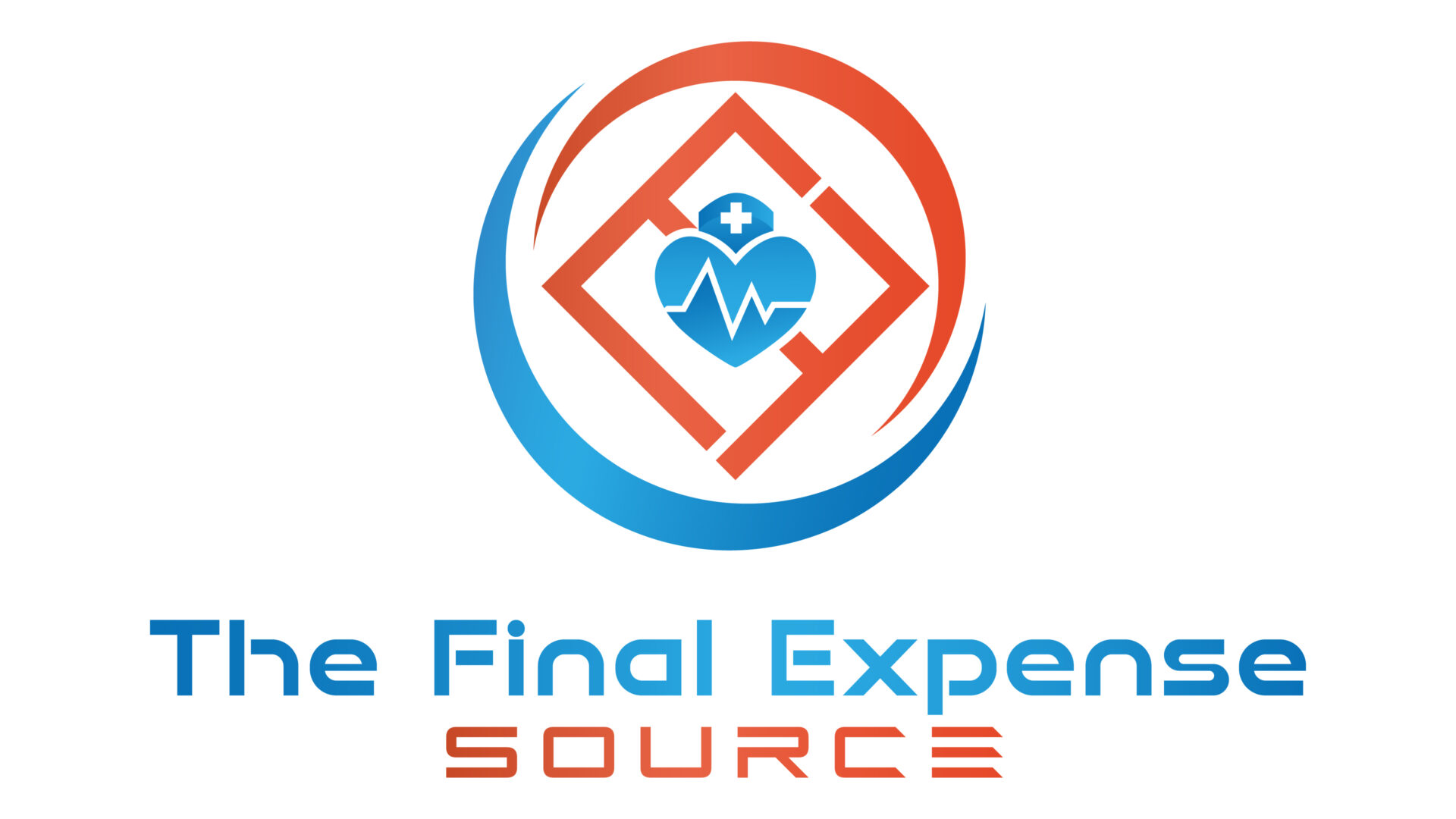Medicare Parts Explained
Medicare 101
Medicare is a federal health insurance program designed to offer coverage for individuals aged 65 and above, as well as certain individuals below age 65 who are receiving disability benefits from Social Security or specific disability benefits from the Railroad Retirement Board for a duration of 24 months. Eligibility may extend to individuals with ALS (Lou Gehrig’s Disease) or those experiencing end-stage renal disease (ESRD). To qualify, individuals must be U.S. residents and either U.S. citizens or aliens lawfully admitted to the United States for permanent residence, having resided continuously in the U.S. for five years preceding the month of Medicare application.

Medicare consists of different parts:
- Part A (hospital Insurance) Inpatient care, care in a skilled nursing facility, home health and hospice care
- Part B (medical insurance) Outpatient care and doctor visits.
- Part C (Medicare Advantage) Consider this Original Medicare replacement with a private insurer.
- Part D (prescription drug coverage)

Enrollment for Medicare
If you’re nearing the age of 65 but aren’t receiving Social Security or Railroad Retirement Board benefits, you will not be automatically enrolled and will need to sign up for Medicare. You can submit your application for Parts A and B on SSA.gov/medicare or reach out to Social Security three months before turning 65 to schedule an appointment.For individuals already receiving benefits from Social Security or the Railroad Retirement Board, Part A and Part B will be automatically initiated on the first day of the month when they turn 65. In the case of a birthday falling on the first day of the month, Part A and Part B coverage commences on the first day of the preceding month.
If you are below 65 and disabled, you will automatically receive Part A and Part B after 24 months of receiving disability benefits from Social Security or the Railroad Retirement Board. In the event of an ALS diagnosis, Part A and Part B coverage will automatically commence in the month when your Social Security disability benefits begin.
Individuals approaching the age of 65 will experience an Initial Enrollment Period (IEP) during which they can enroll in Part A and Part B. This 7-month timeframe comprises the three months before the month of their 65th birthday, the birthday month itself, and three months following the month they turn 65. If one’s birthday falls on the first day of the month, the 7-month period begins four months before turning 65 and concludes two months after the month of turning 65.
What if you forget to sign up during the 7-month period for IEP? Well, if you don’t qualify for a Special Enrollment Period (SEP) then there is a General Enrollment Period (GEP) from January 1 – March 31 each year. Keep in mind, you may have to pay a higher Part A and/or Part B premium for late enrollment.

What is the penalty for late enrollment in Part B?
If you fail to enroll in Part B during your initial eligibility period, you may be required to pay a late enrollment penalty for the duration of your Part B coverage. Your monthly Part B premium could increase by 10% for every full 12 months in which you were eligible for Part B but did not enroll. Typically, if you enroll during a Special Enrollment Period, you won’t incur a late enrollment penalty. Let’s look at the example below:
Bill Johnson’s Initial Enrollment Period ended November 2021. He did not sign up for Part B until February 2023 (General Enrollment Period Jan 1-March 31). His Part B premium penalty is 10% (was without Part B for only one full 12-month period) which he will have to pay not just for the current year, but as long as he has Part B.

Special Enrollment Period (SEP)
Once your Initial Enrollment Period concludes, you may qualify for a Special Enrollment Period to enroll in Medicare. For instance (this is one instance out of many), if you initially opted out of Part B (or had to purchase Part A) during your initial eligibility due to having group health plan coverage through current employment (either your own, your spouse’s, or a family member’s in the case of disability), you can enroll in Part A and/or B under the following conditions: 1. At any point while you remain covered by the group health plan. 2. Within the 8-months period starting from the month after your employment or coverage concludes, whichever comes first.
Your coverage commences on the first day of the month following your enrollment. Generally, there is no late enrollment penalty if you sign up during a Special Enrollment Period. It’s important to note that this period does not apply if your eligibility for Medicare is based on End-Stage Renal Disease (ESRD), or if you are still within your Initial Enrollment Period.
Prescription Drug Coverage (Part D)
It’s very common for a Medicare Advantage plan to also include a prescription drug plan (MAPD), but this isn’t always the case. Individuals with original Medicare will often utilize a stand-alone prescription drug plan (separate from Part A and Part B) to protect themselves from high out-of-pocket prescription expenses. One important piece of information to keep in mind is the potential for a monthly premium penalty to join a Part D plan. One example is an individual does not have creditable drug coverage (or any coverage at all) when first eligible for a Part D plan.

If there have been at a minimum of 63 consecutive days after a beneficiary’s initial enrollment period for Part D did not have creditable drug coverage or any coverage at all, then the beneficiary could also incur a penalty of 1% of the national average premium for each month they did not have Part D or creditable coverage (unless beneficiary qualifies for low-income subsidy).
The details provided above aim to offer a basic overview of the four Medicare parts. While there is much more to delve into, our goal is to give a general understanding and not do a comprehensive overview of the entire Medicare program. If you need to apply for Part A or Part B (if not enrolled automatically), please contact Social Security at 1-800-772-1213 or visit SSA.gov/medicare. It is advisable to collaborate with a licensed agent who can assist you in navigating the complexities of Medicare once you are enrolled.
If you have questions about your own journey, or are power of attorney for a loved one, please don’t feel like you have to tackle this alone and schedule a time or call the number below!
